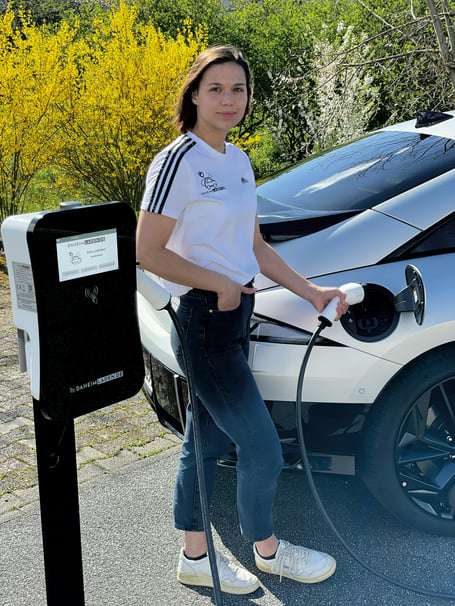A new driver today will spend most of their driving life behind the wheel of an EV. Young drivers are positive about this change. When polled by insurance comparison site MoneySuperMarket, a third of young people plan to delay driving until they can afford an EV, while 38 per cent refuse to drive a petrol or diesel as a first car for environmental reasons.
The change is evidenced by what is happening in driving schools. Learner drivers are choosing to take their test in an automatic rather than a manual car – a trend predicted to accelerate ahead of the 2030 ban on new petrol and diesel cars. Figures from the AA Driving School show that one in five of its students passed their test in an automatic car last year and that demand for tuition in EVs is outstripping the availability of instructors with electric cars.
An automatic licence does not qualify the driver to drive a manual car, but this will become increasingly irrelevant as the manual gearbox is rapidly becoming a thing of the past. Car brands like Land Rover, Volvo and Mini are only offering automatic models whether petrol or electric. Three-quarters of all new cars sold in the UK in 2024 were automatic, and a fifth were fully electric.
For learners, EVs are simpler and less stressful to drive – there are no gears or clutch to master, no possibility of stalling and no rolling back on hill starts! This lets students focus on instructions and the road environment. While EVs deliver instant torque and rapid acceleration, most have settings that reduce the sensitivity of the accelerator, making it easier for beginners to control the car while they’re learning.
Learning to drive a manual car may be thought of as a useful skill, a bit like doing maths without a calculator! However it makes sense to teach new drivers in the cars that they will be driving. Tuition can teach the nuances of regenerative braking, when and how to safely use driver assistance technology, how to use public chargers and charging etiquette.
EVs are practical for young drivers to own, being easier to maintain with fewer moving parts and no need for oil changes. Electricity is significantly cheaper than petrol or diesel per mile, especially if home charging is scheduled to take advantage of cheaper energy tariffs.
Flat owners, renters and landlords can get government grants that reduce the cost of installing a home charger by up to 75% or £350. Local authorities now install channels in pavements to allow car owners to run charging cables across residential streets.
Insurance for a young driver in a small second-hand EV is comparable to a similar petrol model, and can be reduced further by fitting a black box – a small device or an app on your phone that tracks how safely you drive. Keeping to speed limits, avoiding harsh braking and not driving late at night will lower insurance quotes helping young people to get on the road.

-with-police-staff-and-service-users-at-the-Penzance-Safe.jpeg?width=209&height=140&crop=209:145,smart&quality=75)


Comments
This article has no comments yet. Be the first to leave a comment.